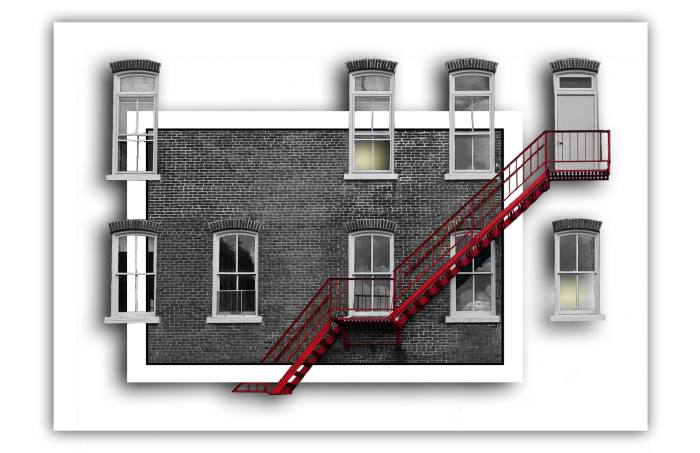
The UK housing market is diverse, lending itself perfectly to different types of buy-to-let property investment.
There are clients who have a specific investment goal in mind, with particular income objectives or need for flexibility, which can only be met by a specific type of property investment.
Not all investors want to rent out a 'vanilla', single-resident house or flat; they require diversification above and beyond the traditional property type.
In a nutshell, Harry Landy, managing director of Enterprise Finance, explains complex buy-to-let as: "A case where the high street lenders are less likely to lend."
According to Jeremy Duncombe, director of the Legal & General Mortgage Club: “Some investors find it difficult to find a ready-made buy-to-let mortgage that fits their particular circumstances, which means they need additional help finding a product that is suitable for their financial situation and needs.
“These more customised mortgages are often referred to as complex buy-to-let.”
These complex buy-to-let property purchases tend not to fit into the traditional single-occupier house or flat category, which tends to be categorised as a three-bed house or flat, with one residential tenant.
As David Hollingworth, associate director of communications for London and Country, comments: “In many cases, complex buy-to-let cases have elements that might not quite fit with a ‘vanilla’ lender or product.
“What makes a case more complex could be to a variety of different elements, ranging from the type of property to the method of ownership, such as a limited property buy-to-let.”
Houses in multiple occupation
For example, a house in multiple occupation (HMO), where the original structure has been remodelled to create multiple dwellings, would be considered ‘complex’.
The Housing Act 2004 introduced a new definition of an HMO from 6th April 2006 in England and 30th June 2006 in Wales.
If an HMO has multiple units, occupied by at least three unrelated tenants, the landlord could benefit from four times the rental income, compared with a single tenancy buy-to-let property, which is why it can be an attractive buy-to-let prospect.
Examples of HMOs, according to the Residential Landlords Association, include:
- Bedsits.
- Shared houses.
- Lodgings.
- Hostels.
- Individual shared self-contained flats/cluster flats.
- Blocks of converted flats.
- Halls of residence (privately operated).
- Asylum seeker/migrant accommodation.
- Accommodation for workers/employees.
- Refuges.
Although the range of potential properties is wide, and the revenue stream attractive, there is a greater deal of complexity.
For example, the landlord will face additional bureaucracy, such as informing HM Revenue & Customs and, if it is a large HMO (with more than five occupants), the landlord must seek a licence, which has to be renewed every five years. On top of this, they will have to pay a council fee.
Multi-unit freehold blocks
Another complex buy-to-let property is a multi-unit freehold block (MUFB). According to Mortgages for Business definitions, a MUFB is classified as a property with more than one independent residential unit owned under a single freehold title. This would include a purpose-built block of flats or a single house converted into discrete flats.








